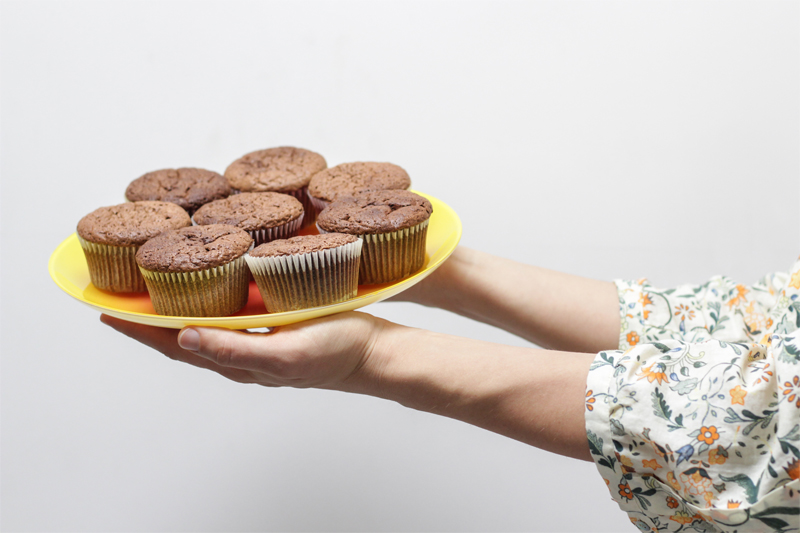Added sugar, in all its glorious forms, has no place in health and wellness. It’s in most convenience foods and tastes fabulous. Needless to say, quitting sugar is not a battle easily won. Once the cycle starts, it’s hard to stop as our brains become adjusted to seeking out the next sweet hit meal after meal.
It’s good news to know that you are one hundred percesunt in control of your food choice. It takes a little planning out and getting organised. Follow this simple guide for creating a strong foundation that will help you keep you away from white sweet stuff and make smart food choices for lifelong health.
-
Eat whole food
Ditch processed, packaged, and portion controlled junk, and choose minimally processed whole food. This first step is absolutely essential for sustainable lifelong healthy eating.
Choose more food as it grown in nature and shop mostly for food ingredients – not food products. Eating whole food ends up being lower in sugar, lower in refined carbohydrate by default. With greater nutritional intake overall, we become less inclined to need sweet energy top-ups.
-
Befriend healthy fat
Stop sugar cravings before they start by focusing making your main meals balanced. Healthy whole food sourced fat plays an important role in keeping us feeling satiated. It is needed to slow down blood sugar spikes and provide long lasting energy hours after a meal.
Add an olive oil based salad dressing, cook lean meat natural fat or choose fattier cuts, or add a chunk of avocado in a smoothie.
-
Include protein, but not too much
Whole food sourced protein also has a strong satiating effect. It helps keep us full. Be careful though, as too much protein can turn to sugar in the blood and lead to fuelling sugar cravings.
Aim to include a source of whole food protein in each meal. This could include meat, fish, eggs, dairy, nuts, seeds, beans, legumes, or chickpeas.
-
Get organised
To keep on target with healthy eating and prevent the sugar craving cycle, you must have a plan. Plan out healthy alternatives for all circumstances. Bring healthy snack options with you and consider possible options at local stores if a sweet tooth hits.
Learn to reach for satiating foods that have a minimal influence on blood sugar levels. Aim to choose mostly fat protein, and fibre based snacks that will keep you full.
A small handful of nuts, apple with a smear of nut butter, a handful of berries with a couple of spoons of Greek yoghurt of coconut yoghurt, a boiled egg, biltong, vegetable sticks dipped in real egg mayonnaise are some examples of balanced “snack” options that won’t leave you looking for seconds.
-
Work out your pattern
Sugar cravings are generally most common when we’re lacking something in the diet. Erratic, irregular, or unbalanced eating habits lead to fluctuations in blood sugar over the day making up more likely to experience a crash.
The most common reason why we crave sugar is when our blood sugar levels fall. We get the impulse to reach for the fasting acting forms of energy in sweets to bring our blood sugar levels up. Dropping blood sugar can come from stress, skipping a meal, not eating enough protein or fat in the previous meal, too much caffeine, and even hormonal fluctuations.
Set up a sugar-free day by getting enough sleep. When we’re even mildly sleep deprived we crave more sugar for fast-acting energy. Being adequately rested will make it easier to avoid sweet snacks being handed around the workplace.
The key to getting off sugar for good is about being real with where and when sugar creeps in and noticing the common threads. Everyone’s triggers are very unique. Starting with a whole food diet and addressing your lifestyle around food make the best spring board for keeping out of the sugar cycle.
Author’s Bio:
Sylvia is a New Zealand Registered Dietitian and integrative nutritionist. You can find more about Sylvia at fearlessnutrition.co.nz

